What is a Hall Effect Sensor? IoT Applications, Working Principle & Advantages
The Hall Effect Sensor is a key electronic component that detects magnetic fields and converts them into electrical signals. Widely used in IoT devices, robotics, and industrial systems, this sensor provides accurate, contactless, and reliable performance. In this blog, we explain how the Hall Effect Sensor works, its types, advantages, and real-world applications. From current measurement to speed detection, it plays a vital role in automation and smart technology.
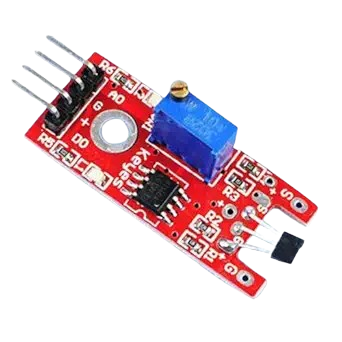
Device Overview
Introduction
In today’s world of modern electronics and automation, sensors play an important role in making devices smart and efficient. One such widely used sensor is the Hall Effect Sensor. This sensor is popular because it is reliable, contactless, and durable. From automobiles and industrial machines to smartphones and laptops, Hall Effect Sensors are found almost everywhere.
In this blog, we will cover everything about Hall Effect Sensors — their working principle, types, advantages, applications, and even a real-world example. If you are curious about how these sensors work and why they are so important, this guide will give you complete knowledge in simple language.What is a Hall Effect Sensor?
A Hall Effect Sensor is an electronic device that detects the presence of a magnetic field and converts it into an electrical signal. It is based on a scientific phenomenon called the Hall Effect, discovered by Edwin Hall in 1879.
The Hall Effect states that when a current-carrying conductor or semiconductor is placed in a magnetic field, a voltage is generated perpendicular to the current and the magnetic field. This voltage is known as the Hall Voltage.
In simple words, a Hall Effect Sensor can “sense” magnetic fields and use that information to measure position, speed, or current without making any physical contact.How Does a Hall Effect Sensor Work?
The working principle of the Hall Effect Sensor is straightforward. When electric current flows through a thin strip of conductive material, and a magnetic field is applied perpendicular to it, the moving electrons experience a force. This force pushes the electrons to one side of the material, creating a difference in voltage across the strip.This voltage, called Hall Voltage, is proportional to the strength of the magnetic field. The sensor then converts this voltage into an electrical output signal.
Depending on the design, this output can be analog (a continuous voltage) or digital (ON/OFF signals). This makes Hall Effect Sensors useful in different situations — from precise measurement to simple detection.Types of Hall Effect Sensors
Hall Effect Sensors are available in different types, depending on how they are designed and how they function.1. Analog Hall Effect Sensors
- Provide a continuous output voltage.
- The output changes smoothly with the strength of the magnetic field.
- Commonly used in current measurement and precise sensing applications.
2. Digital Hall Effect Sensors
- Provide ON/OFF signals.
- The output switches from high to low when the magnetic field crosses a threshold.
- Ideal for speed detection and position sensing.
3. Unipolar Hall Effect Sensors
- Respond to only one pole of the magnetic field (either North or South).
- Often used in simple applications like detecting open/close positions.
4. Bipolar Hall Effect Sensors
- Respond to both North and South poles.
- Suitable for detecting rotational movements and motor control.
5. Latch Hall Effect Sensors
- They latch into one state until the opposite magnetic pole is detected.
- Widely used in brushless DC motors and magnetic encoders.
Advantages of Hall Effect Sensors
Hall Effect Sensors have many advantages that make them better than mechanical sensors:-
Contactless Operation: No physical contact means less wear and tear.
-
High Durability: They last longer even in harsh environments.
-
Accuracy and Sensitivity: Provide reliable readings.
-
Compact Size: Easy to integrate into electronic circuits.
-
Maintenance-Free: No moving parts, so they require little to no maintenance.
-
Versatile Outputs: Can provide both analog and digital outputs.
Applications of Hall Effect Sensors
Hall Effect Sensors are extremely versatile and are used in many industries:1. Automotive Industry
-
Detecting wheel speed in anti-lock braking systems (ABS).
- Measuring crankshaft and camshaft position for ignition timing.
- Monitoring fuel levels and throttle position.
2. Consumer Electronics
- Used in smartphones and tablets to detect flip covers or screen rotation.
- Laptops use Hall Sensors to sense whether the lid is open or closed.
- Magnetic compasses also rely on Hall sensors.
3. Industrial Applications
- Position sensing in robotic arms and CNC machines.
- Current monitoring in power systems.
- Conveyor belt speed and motor control.
4. Medical Equipment
- Non-invasive current sensors for medical devices.
- Magnetic sensing in diagnostic machines.
5. Automation and Robotics
- Detecting the position of moving parts.
- Ensuring safety interlocks in machines.
- Used in brushless motors for precise control.
Real-Life Example of a Hall Effect Sensor
A simple but powerful real-world example is found in cars. Modern vehicles use Hall Effect Sensors in the ABS braking system.
Here’s how it works:- A small magnet and Hall sensor are placed near the wheel.
- As the wheel rotates, the magnetic field changes.
- The Hall sensor detects these changes and produces a signal.
- The car’s computer (ECU) uses this signal to calculate wheel speed.
- If the wheel locks during braking, the ABS adjusts the pressure to prevent skidding.
Why Hall Effect Sensors are So Important
Hall Effect Sensors are vital because they make contactless sensing possible. Unlike mechanical sensors that wear out, Hall sensors last much longer and provide more accurate results. They can operate in dirty, dusty, or wet environments, which makes them perfect for industries, automobiles, and electronics.
With the growing demand for automation and smart technology, the role of Hall Effect Sensors will continue to expand. From electric vehicles to renewable energy systems, these sensors will remain a core part of modern electronics.Conclusion
The Hall Effect Sensor is one of the most reliable and widely used sensors in electronics. It works on the simple principle of the Hall Effect, yet its applications are endless. Whether it is in cars, smartphones, robots, or medical devices, this sensor plays an essential role in improving efficiency and safety.
By understanding its working, types, advantages, and applications, you can see why engineers and developers depend on Hall Effect Sensors. As technology continues to advance, this sensor will remain a key building block of smart and automated systems.Where to Buy
| Platform | Price | Action |
|---|---|---|
|
|
₹235 | Buy Now |
Prices may vary. Click on "Buy Now" to check current availability and pricing.
Administrator
Frequently Asked Questions
Common questions about What is a Hall Effect Sensor? IoT Applications, Working Principle & Advantages. Find answers to the most frequently asked questions.
User Reviews & Comments
Share your experience with this IoT device. Your feedback helps our community make informed decisions!
Share Your Experience
Help others by sharing your thoughts about this IoT device.
Related Devices
Explore more IoT devices in the same category
Discover how the Ultrasonic Sensor HC-SR04 works and how to use it in IoT projects. This detailed guide covers its working principle, pin configuration, interfacing with Arduino, applications in smart systems, and complete circuit setup. Ideal for beginners and IoT developers looking to integrate distance sensing in real-time projects.
A vibration sensor is a crucial device used to detect and measure vibrations in machines, structures, and environments. This complete guide covers how vibration sensors work, their different types, applications across industries, and factors to consider before selection. Learn how these sensors improve safety, enhance performance, and prevent costly equipment failures.
Discover everything about IR sensors used in modern IoT applications. Learn their types, working principles, interfacing methods, and real-world uses. This complete guide helps developers and engineers choose the best IR sensor for smart electronics and automation projects with reliable performance.
Discover how photoresistors (LDRs) work in IoT projects. Learn about their functions, real-world applications, circuit integration, and why they are essential in modern smart systems. This detailed guide helps electronics and IoT enthusiasts understand light sensors and their role in automation. Perfect for students, hobbyists, and developers looking to build smarter, light-based solutions.
The BMP180 sensor is a high-precision digital barometric pressure sensor widely used for measuring atmospheric pressure and temperature. This detailed guide covers its key features, specifications, working principle, and practical applications. Learn how the BMP180 delivers accurate environmental data for various projects, along with benefits and usage tips to ensure reliable and efficient performance.
Reed Switch is a simple but powerful electronic component widely used in IoT devices and smart applications. This complete guide explains its working principle, different types, key advantages, and real-world applications. Whether you are an engineer, student, or IoT enthusiast, understanding Reed Switch technology helps in building efficient, reliable, and cost-effective projects with modern sensor solutions.
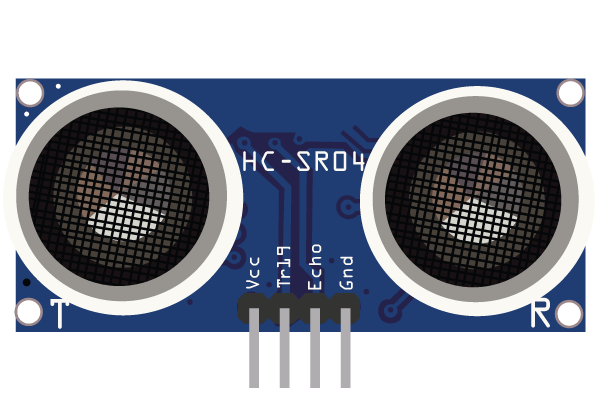
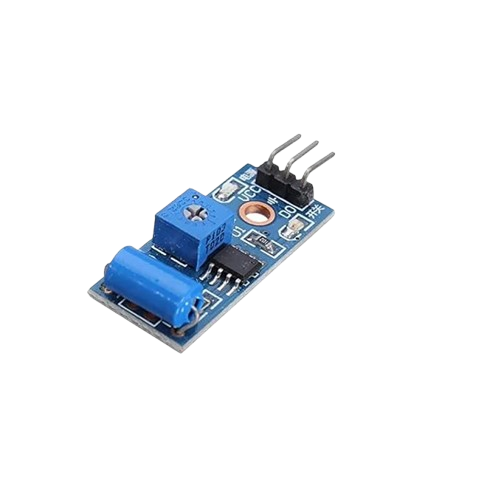
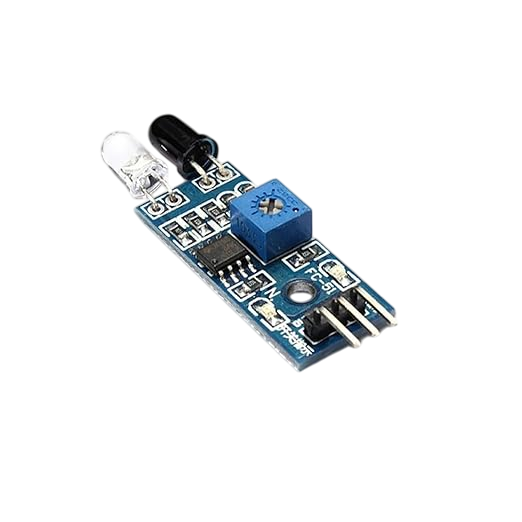

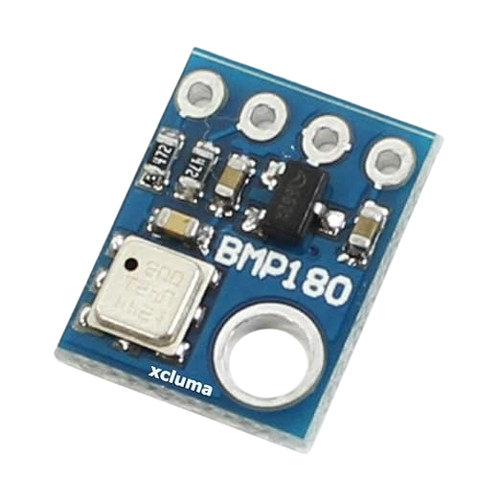

No Reviews Yet
Be the first to share your experience with this IoT device!